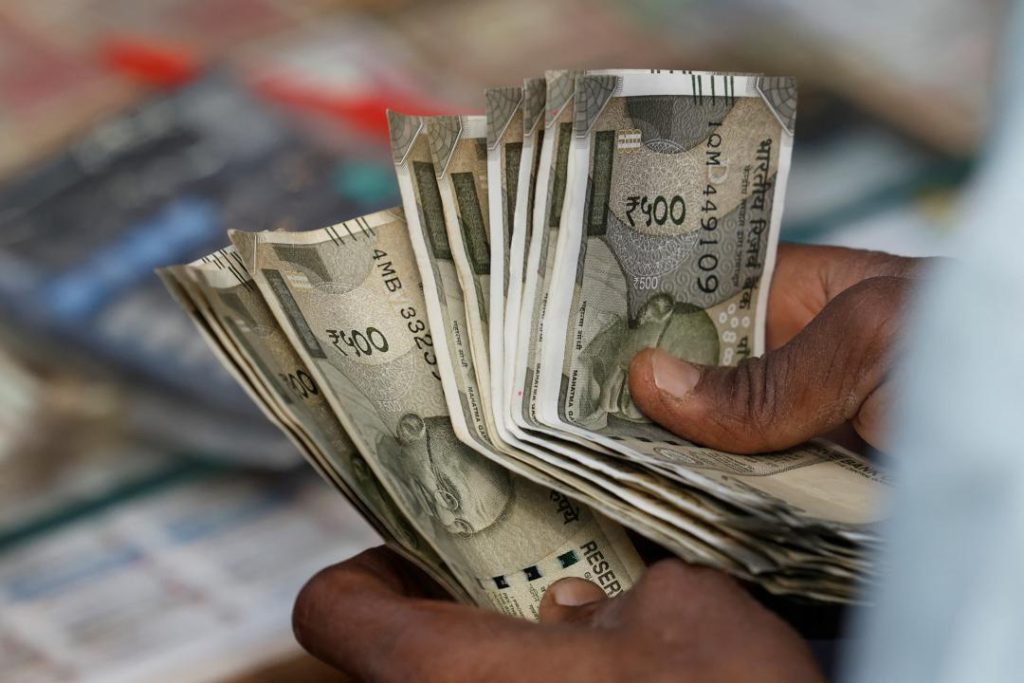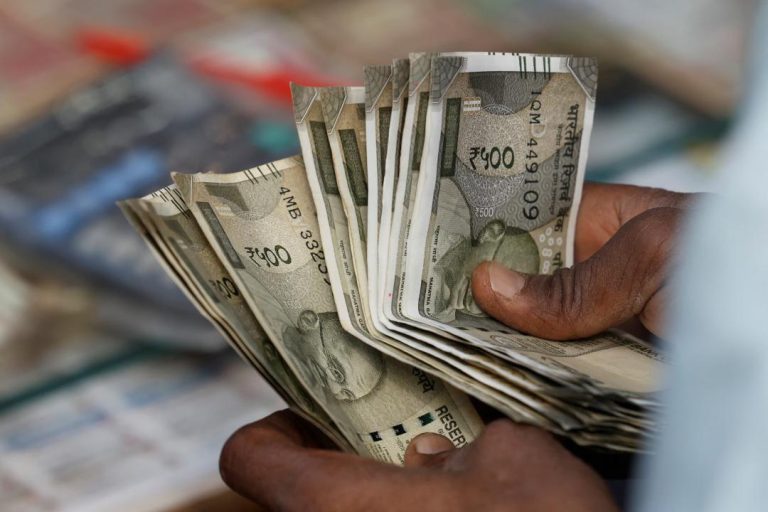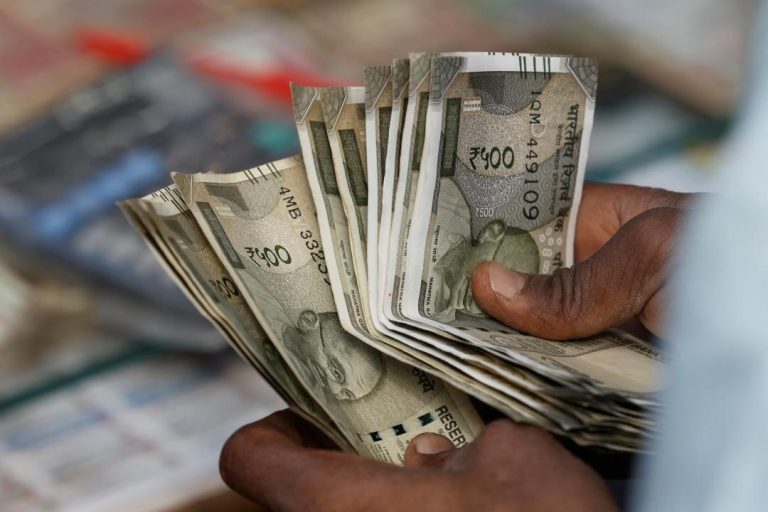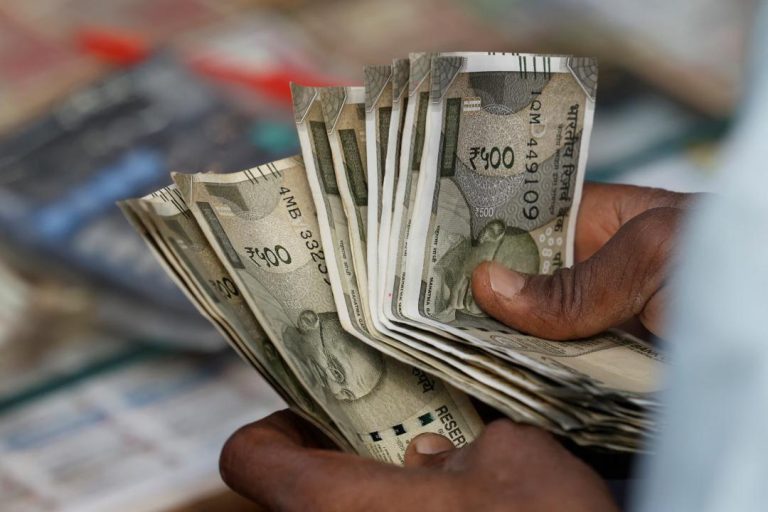
What Got Cheaper & Costlier in March as CPI Falls to 67-Month-Low of 3.34%?
India’s retail inflation, measured by the Consumer Price Index (CPI), has been on a downward trajectory in recent months. In March, the CPI fell to a 67-month low of 3.34%, marking a significant decline from the previous month’s figure of 3.81%. This development has brought relief to consumers who were grappling with rising prices. So, what got cheaper and costlier in March? Let’s dive into the details.
Prices on the Decline:
Prices of eggs, vegetables, and pulses saw considerable declines in March, providing some relief to consumers. The prices of eggs, which had been rising steadily, fell by 11.34% year-on-year (YoY) in March. Vegetable prices, which are highly seasonal, dropped by 12.36% YoY, while pulses, which include items like lentils and chickpeas, fell by 13.33% YoY.
Spices, meat, fish, and housing also saw marginal price declines in March. The prices of spices, which are used extensively in Indian cuisine, fell by 0.45% YoY, while meat and fish prices dropped by 0.34% and 0.43% YoY, respectively. Housing prices, which had been rising steadily, saw a marginal decline of 0.13% YoY in March.
Recreation and amusement, which includes items like entertainment, travel, and hobbies, also saw prices drop marginally in March. The prices of these items fell by 0.25% YoY, providing some relief to consumers who were looking forward to some leisure activities.
Fruit Prices See a Sizable Jump:
However, not all prices declined in March. Fruit prices saw a sizeable jump, rising by 11.15% YoY. This increase can be attributed to the seasonal nature of fruit prices, which are highly dependent on factors like weather conditions, crop yields, and transportation costs.
Prices That Saw Marginal Rises:
Prices of several essential items saw marginal rises in March. Cereals, which include items like wheat, rice, and corn, saw prices rise by 0.45% YoY. Milk, oil, sugar, confectionery, clothing, snacks, sweets, pan, tobacco, footwear, and fuel prices also saw marginal increases, ranging from 0.13% to 1.15% YoY.
Health and education, which are essential services, also saw prices rise marginally in March. The prices of healthcare services, including hospital bills and medicine, rose by 0.58% YoY, while education costs, including tuition fees and stationery, increased by 0.45% YoY.
What’s Behind the Decline in Inflation?
So, what’s driving the decline in inflation? Several factors are contributing to this trend. The government’s efforts to boost agricultural production, including initiatives like the Pradhan Mantri Kisan Samman Nidhi (PM-KISAN) scheme, have led to an increase in supply, which has helped keep prices in check. Additionally, the Reserve Bank of India’s (RBI) monetary policy, which has been focused on keeping interest rates low, has also helped to reduce inflationary pressures.
The decline in global crude oil prices, which has reduced the cost of imports, has also had a positive impact on inflation. Furthermore, the government’s measures to reduce taxes and regulatory hurdles have helped to boost economic activity, which has also contributed to the decline in inflation.
Conclusion:
India’s retail inflation has fallen to a 67-month low of 3.34% in March, providing some relief to consumers. While prices of eggs, vegetables, and pulses saw considerable declines, some essential items like fruit and cereals saw marginal price increases. The government’s efforts to boost agricultural production, keep interest rates low, and reduce taxes and regulatory hurdles have all contributed to the decline in inflation. As the economy continues to recover, it will be essential for policymakers to keep a close eye on inflation and ensure that it remains within a sustainable range.
News Source:





